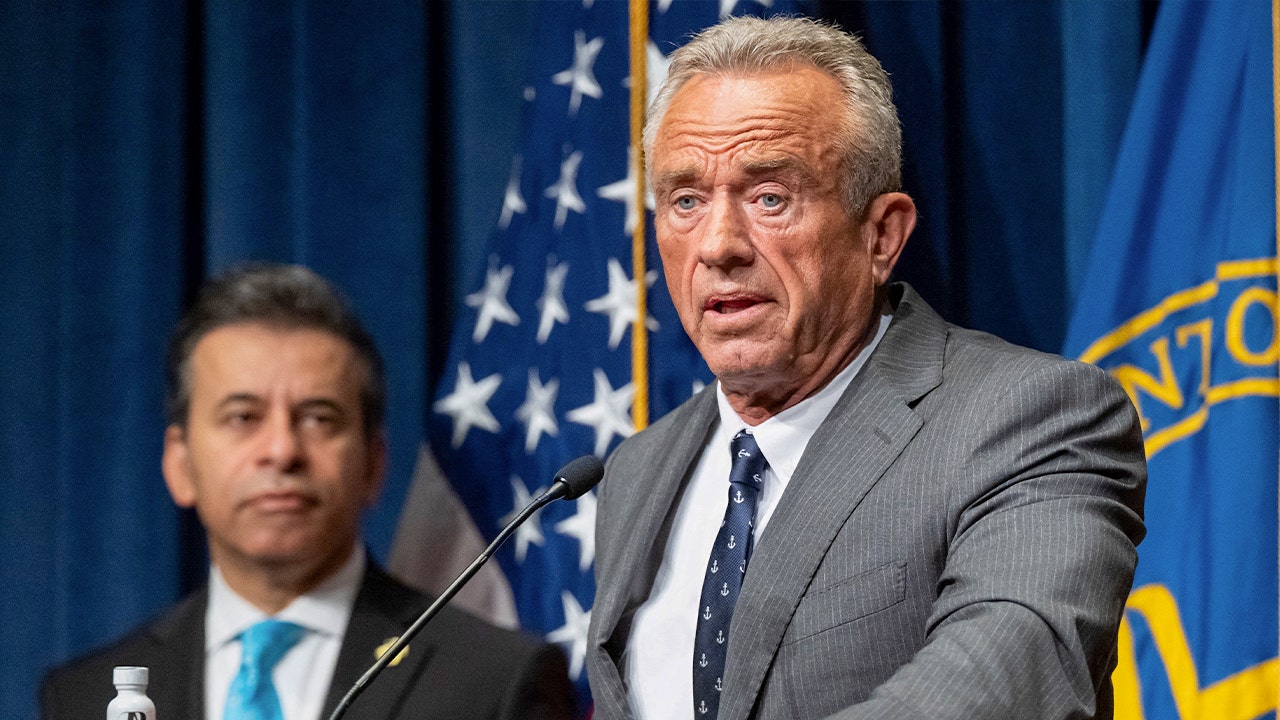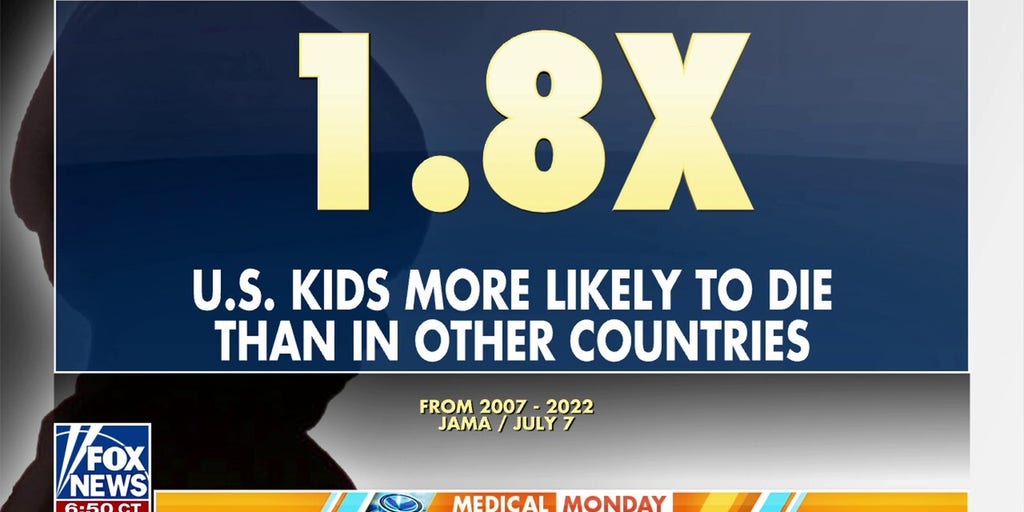Centene Stunned by Unexpected Loss as Medical Costs Surge – What Does This Mean for Healthcare?

Centene, a major health insurance provider, delivered a shock to investors on Friday, reporting an unexpected quarterly loss. The primary culprit? A significant and unanticipated rise in medical costs associated with its insurance plans. This news sent Centene's stock plummeting nearly 13% in premarket trading, raising concerns about the company's financial health and the broader implications for the healthcare industry.
A Deep Dive into the Numbers
The company's earnings report revealed a stark contrast to analyst expectations. While Centene had previously projected profitability, the surge in medical expenses – encompassing everything from hospital visits and prescription drugs to specialized care – significantly eroded their margins. Specifically, the company cited increased utilization of healthcare services, particularly among its managed care members, as a key factor. This isn’t simply a case of inflation; it appears to be a more substantial shift in the demand for medical services.
Why the Surprise?
Analysts are now scrambling to understand why Centene's projections failed to account for this level of medical cost escalation. Several potential explanations are being considered. One possibility is that the pandemic’s lingering effects continue to impact healthcare utilization patterns, with individuals delaying routine care and then seeking more intensive treatments. Another factor could be the rising cost of pharmaceuticals, a persistent challenge for the entire healthcare sector. Furthermore, changes in government regulations or policy shifts could also be playing a role, impacting reimbursement rates and the overall cost structure for Centene.
Impact on Members and the Healthcare Landscape
The financial strain on Centene raises questions about the potential impact on its members. While the company has stated its commitment to maintaining quality care, sustained losses could lead to adjustments in coverage, increased premiums, or limitations on certain services. More broadly, Centene’s experience serves as a cautionary tale for other health insurers. It highlights the inherent risks in projecting healthcare costs, particularly in a rapidly evolving environment.
Looking Ahead: Challenges and Opportunities
Centene’s management team has acknowledged the challenges and pledged to take corrective actions. These include a thorough review of their cost management strategies, enhanced data analytics to better predict future trends, and a focus on improving operational efficiency. However, addressing the root causes of rising medical costs – such as pharmaceutical pricing and healthcare system inefficiencies – will require a more comprehensive and collaborative approach involving policymakers, providers, and payers.
The situation at Centene underscores the complexities and vulnerabilities within the healthcare system. As the company navigates this turbulent period, all eyes will be on whether they can regain investor confidence and demonstrate their ability to adapt to the evolving landscape of healthcare costs. The coming quarters will be critical in determining Centene's future and, potentially, shaping the direction of the entire health insurance industry.






